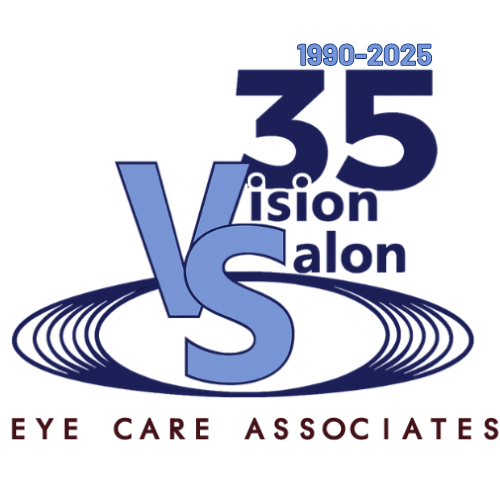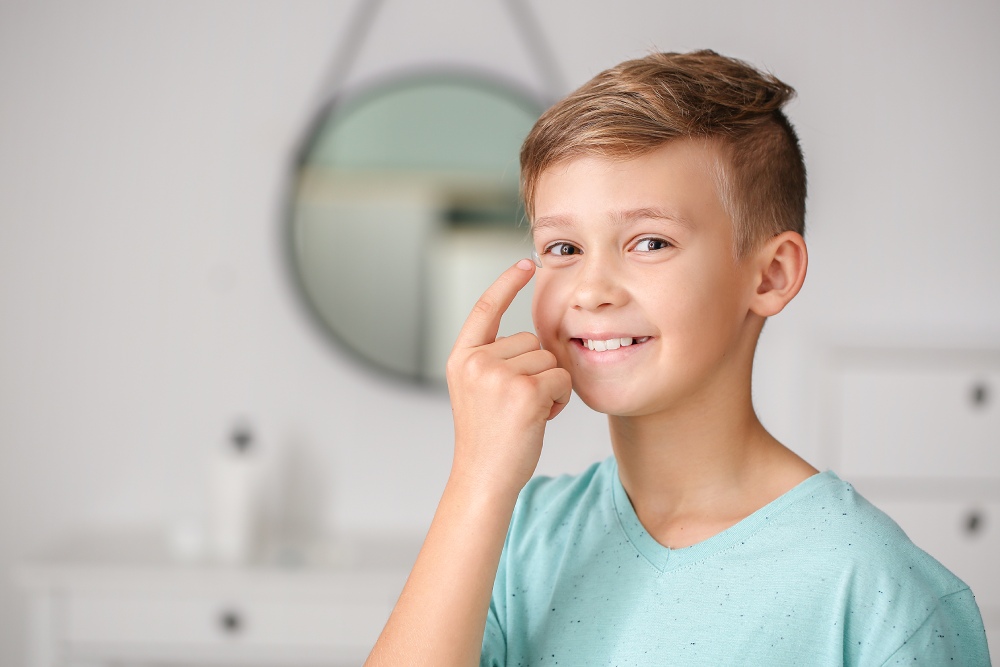If you’re a parent with a nearsighted child, you might be wondering when you should start thinking about myopia management for your little one. Myopia, also known as nearsightedness, is a common eye condition that affects many children. While glasses or contact lenses can correct it, it’s important to consider myopia management as a way to slow its progression.
In this blog, we’ll talk about this condition and the best time for kids to start myopia management.
Understanding myopia
Myopia happens when the eyeball grows too long, causing light to focus in front of the retina instead of directly on it. This causes faraway objects to appear blurry. Nearsighted children may need glasses or contact lenses to correct their vision.
It’s crucial to watch for signs of myopia, even before your child gets diagnosed. If left untreated, myopia can raise your child’s risk of eye issues later in life, including glaucoma and retinal detachment. Some common signs to look out for are:
- Squinting or rubbing the eyes
- Headaches or eye strain
- Sitting too close to the television or computer screens
- Difficulty seeing distant objects, such as road signs or a chalkboard
When to start myopia management
The earlier you start myopia management, the better the results. Myopia tends to progress fastest in younger children, so starting treatment as soon as possible can have the greatest long-term impact. Studies show that beginning myopia control between ages 6–8 yields strong outcomes, and there’s even some evidence supporting starting as early as age 4.¹
Types of myopia management
There are several effective ways to manage myopia in children. Your child’s eye doctor might recommend using low-dose atropine eye drops or specialized soft contact lenses. These lenses not only correct nearsightedness but also help slow down its progression.
Another option is orthokeratology, also known as ortho-k. With ortho-k, children wear special contact lenses overnight to temporarily reshape the cornea, providing clear vision during the day without contact lenses or glasses. Research shows that ortho-k can slow the progression of myopia by about 50% compared to wearing standard glasses or contact lenses.²
There’s no one-size-fits-all solution for myopia management. Our eye doctors at Vision Salon Eye Care Associates can develop a customized treatment plan based on your child’s vision needs and lifestyle.
Start managing myopia early
Early intervention is one of the best ways to manage myopia effectively. Starting treatment early can help slow its progression, lower the risk of serious vision problems later on, and support your child’s confidence and success in school and daily life.
Regular eye exams are key to monitoring changes in your child’s vision and finding the most effective care plan. Talk to your eye doctor about the best myopia management options for your child and schedule their eye exam today.
References:





